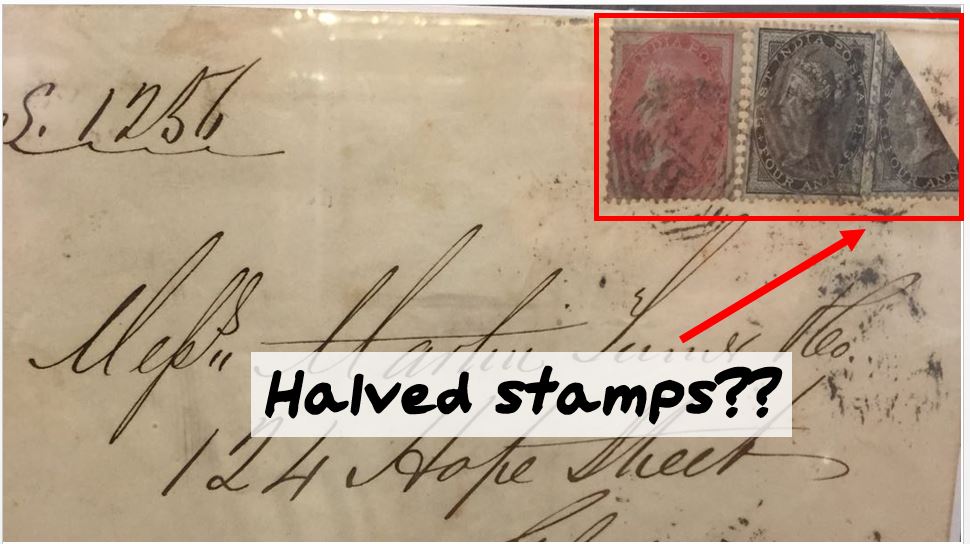Singapore was a postal hub in the 1800s.
The ships that reached our shores carried mail from all over the world, often crossing parts of Europe, the Mediterranean, as well as India.
First stamps issued in Singapore
Prior to 1867, Singapore used Indian stamps issued by the British East India Company.
They looked like this:
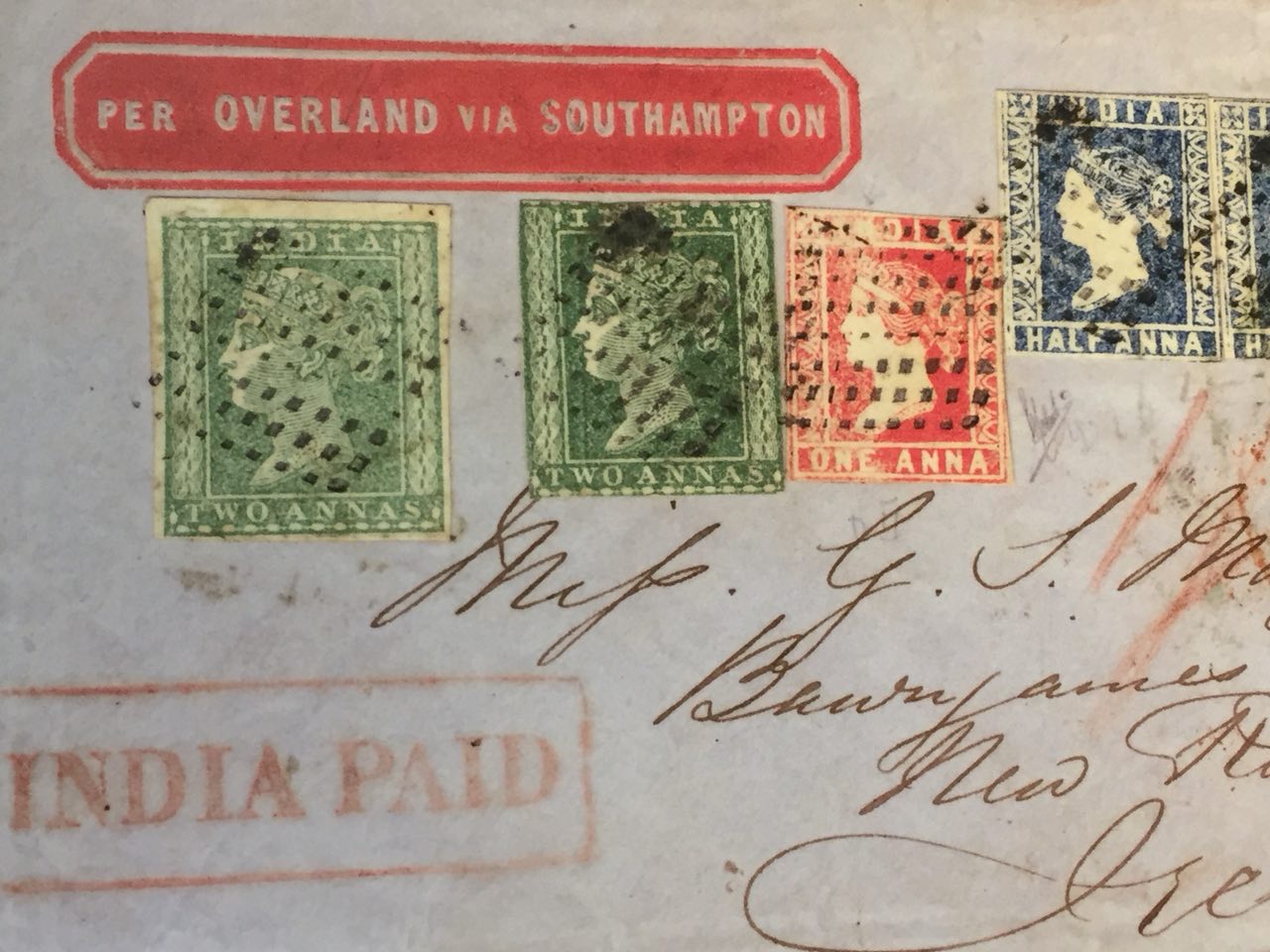 Photo by 1819, taken at Singapore Philatelic Museum.
Photo by 1819, taken at Singapore Philatelic Museum.
When Singapore became a Crown colony under the British, we issued our own stamps.
These were what the first stamps looked like:
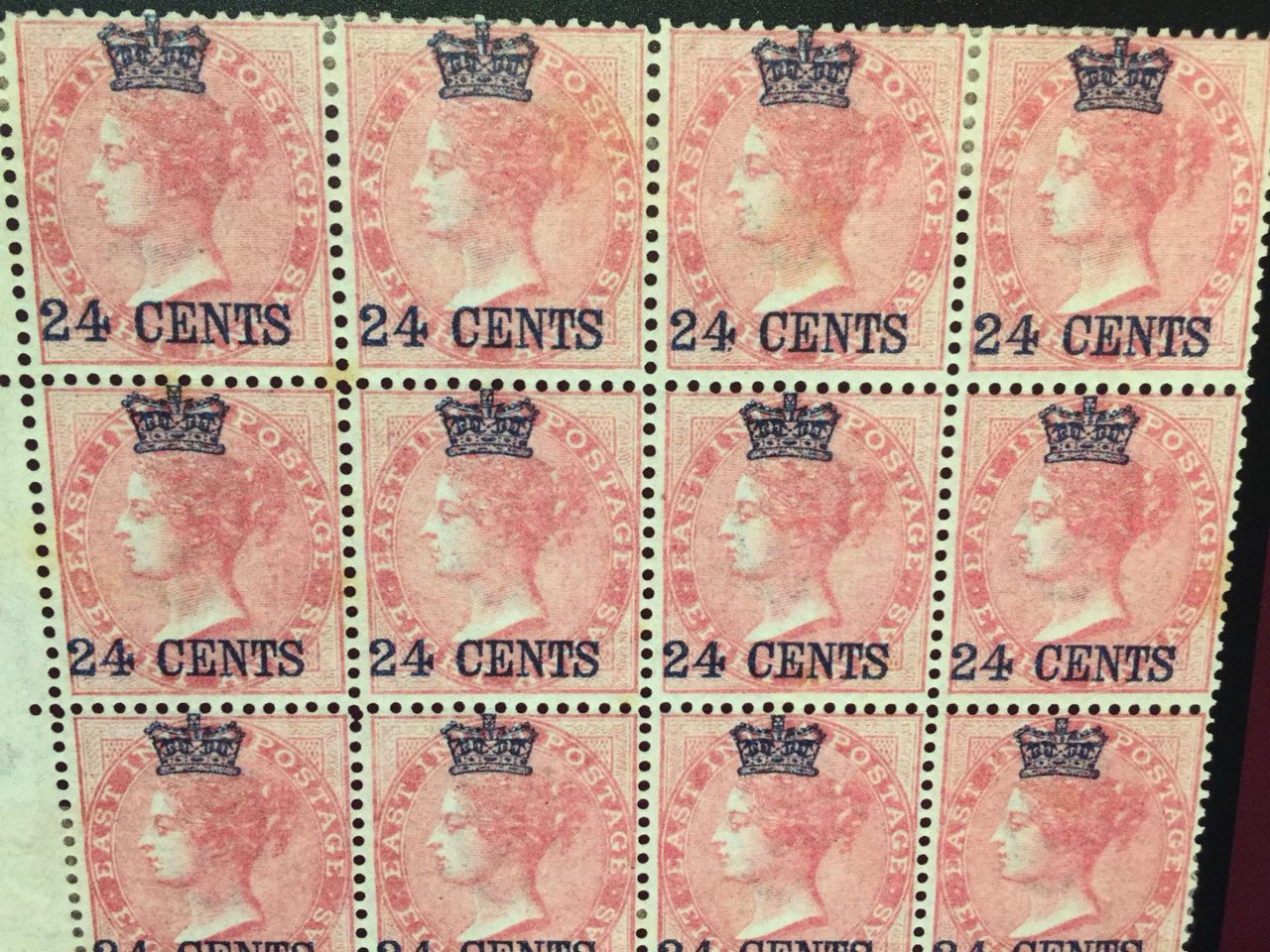 Photo by 1819, taken at Singapore Philatelic Museum.
Photo by 1819, taken at Singapore Philatelic Museum.
[related_story]
Bisected stamp
Stamp errors and modifications are considered rare and valuable to collectors and people are willing to pay top dollar for such stamps. The value of such stamps ranges from a few dollars to thousands.
Modifications might include bisections.
From 1855 to 1860, there was a shortage of stamps within Singapore. To cope with this, the Postmaster cut the existing stamps diagonally across in order to double the quantity.
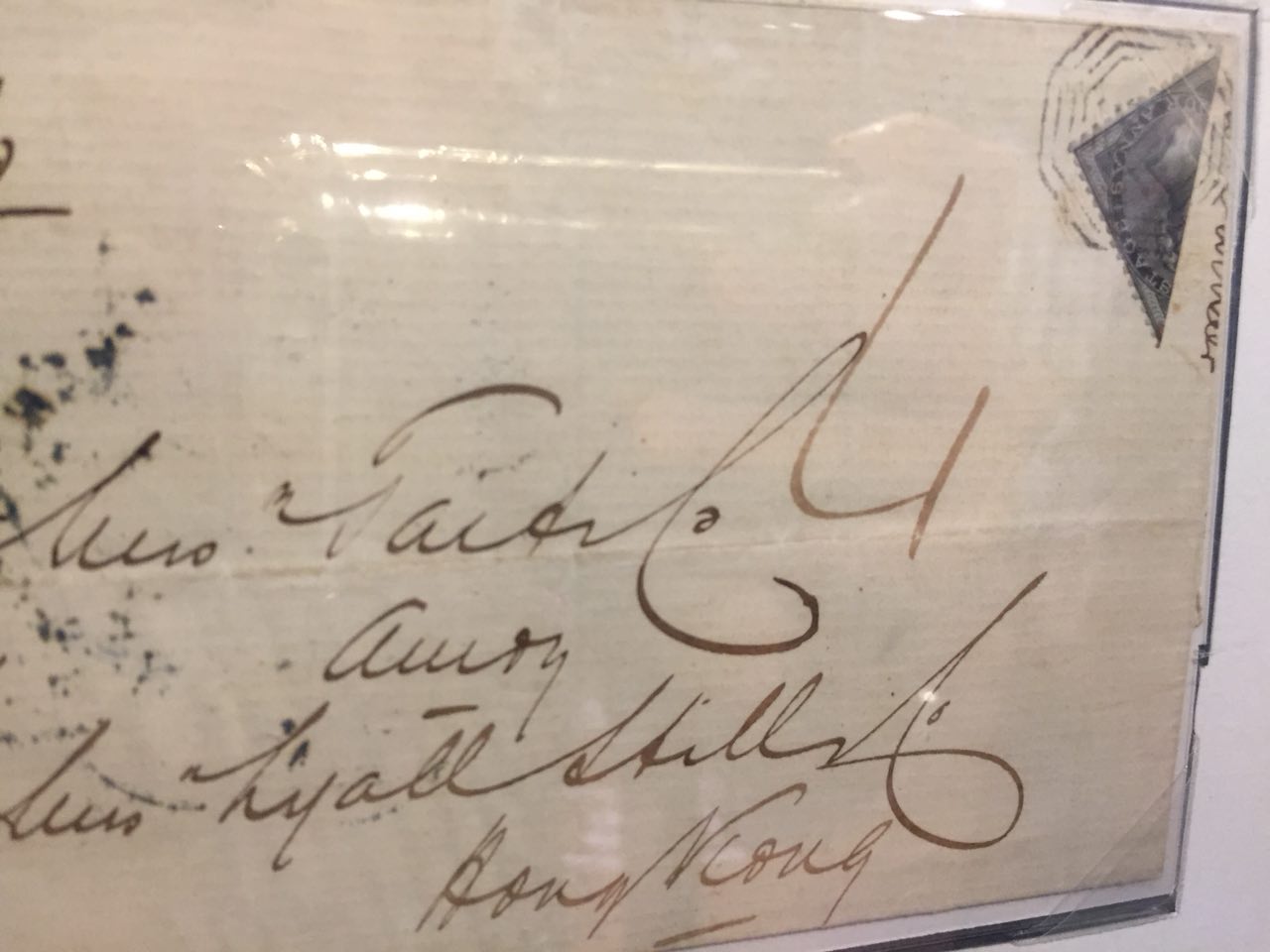 Photo by 1819, taken at Singapore Philatelic Museum.
Photo by 1819, taken at Singapore Philatelic Museum.
During this period, stamps were still being issued by the East India Company (EIC), and carried the Indian currency at that time, which was anna.
Its value might be halved, or equivalent, depending on what was decided on at that time.
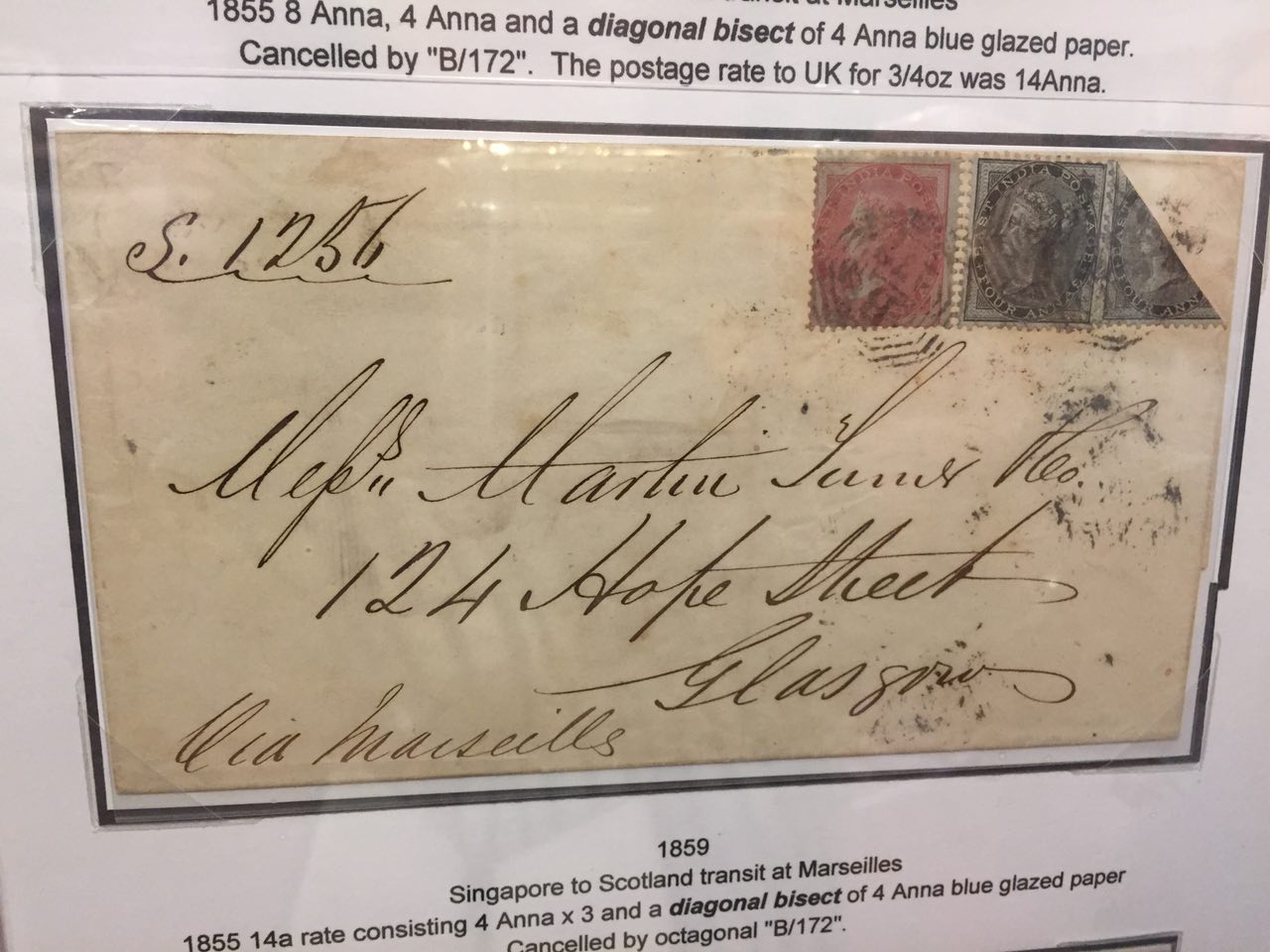 Photo by 1819, taken at Singapore Philatelic Museum.
Photo by 1819, taken at Singapore Philatelic Museum.
The 1855 to 1860 period was the first and last time stamps were bisected in Singapore. Hence, the value of these stamps have skyrocketed today due to their rarity.
Stamp errors
There are two types of stamp errors: design and printing errors.
Design errors were related to problems with the stamp design itself. For instance, a person might be represented wrongly, or there might be factual inaccuracies.
Printing errors were problems related to the printing process itself, possibly resulting in spacing, colour, or perforation issues.
During the 1800s, stamps were printed using typesetting, which involves the physical arrangement of letters and characters on machines.
Because this task was incredibly manual, alignment and spacing errors often resulted.
For instance, the text might be double-printed. Double-printed text is significantly darker and thicker, as seen here:
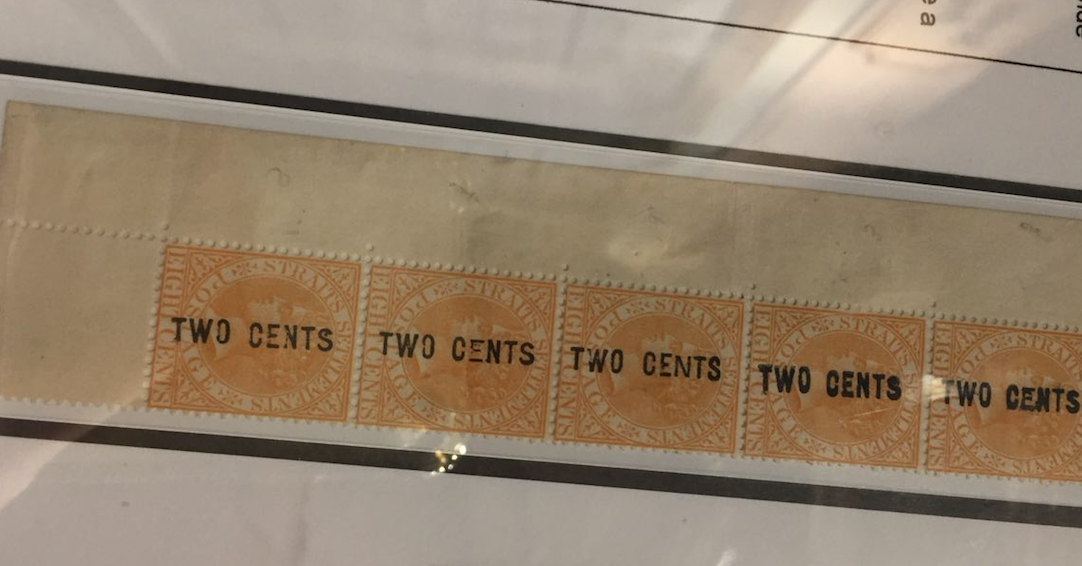 Photo by 1819, taken at Singapore Philatelic Museum.
Photo by 1819, taken at Singapore Philatelic Museum.
More recent errors
But it wasn't only during the colonial period that stamps had errors.
In the Fishes, Orchids And Birds Definitives series issued in 1962, the fish on some stamps were missing its stripes and colour.
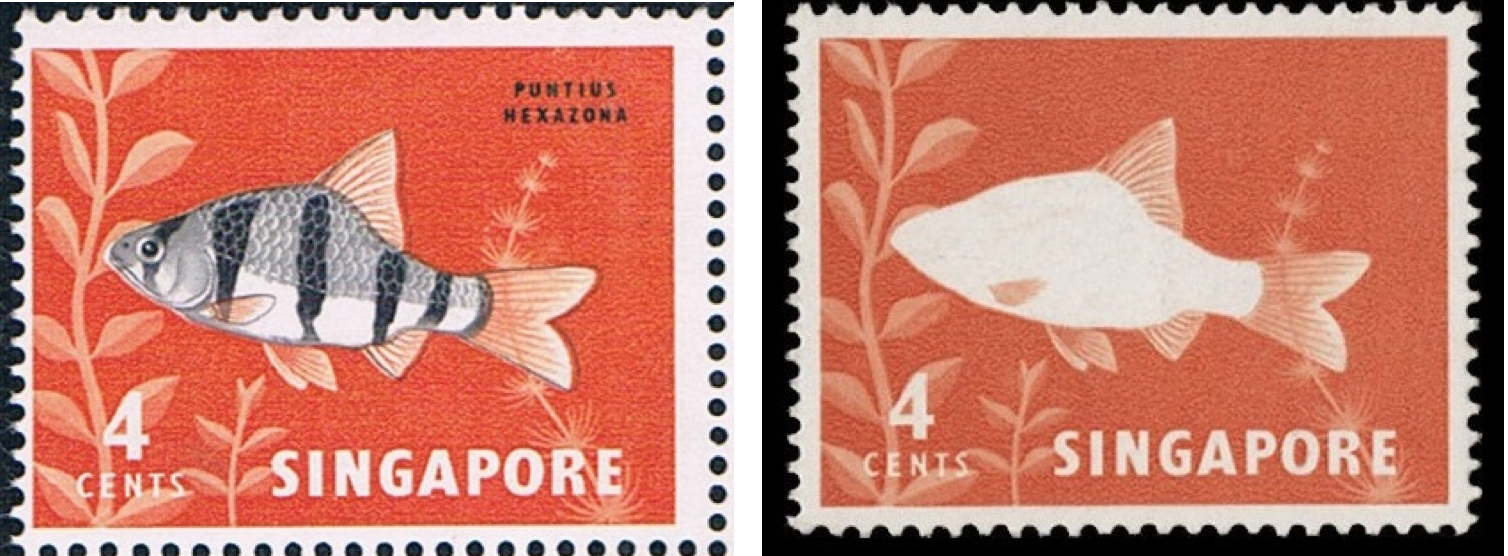 Collage from Error Stamp
Collage from Error Stamp
In 1968, stamps with an Indian dancer on it had misaligned printing, resulting in two dancers instead:
 Photo from Error Stamp
Photo from Error Stamp
Currently, printing firms are responsible for the first level of checks, and stamps with errors are destroyed. The second round of checks is done by SingPost staff.
Due to the stringent checks imposed, as well as the improvements in technology that result in fewer printing errors, stamps with errors are less likely to go into circulation now.
For more quirky information on stamps, visit the Singapore Philatelic Museum's 150th Anniversary of First Postage Stamp Issued in Singapore Exhibition before it ends on Jan 1, 2018.
Top photo adapted from photo at exhibition.
Here are some totally unrelated but equally interesting stories:
We match each of your colleagues to a Christmas gift from The Body Shop to make your life easier
The Body Shop Christmas products for clueless S’porean men, explained
If you like what you read, follow us on Facebook, Instagram, Twitter and Telegram to get the latest updates.
